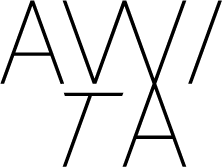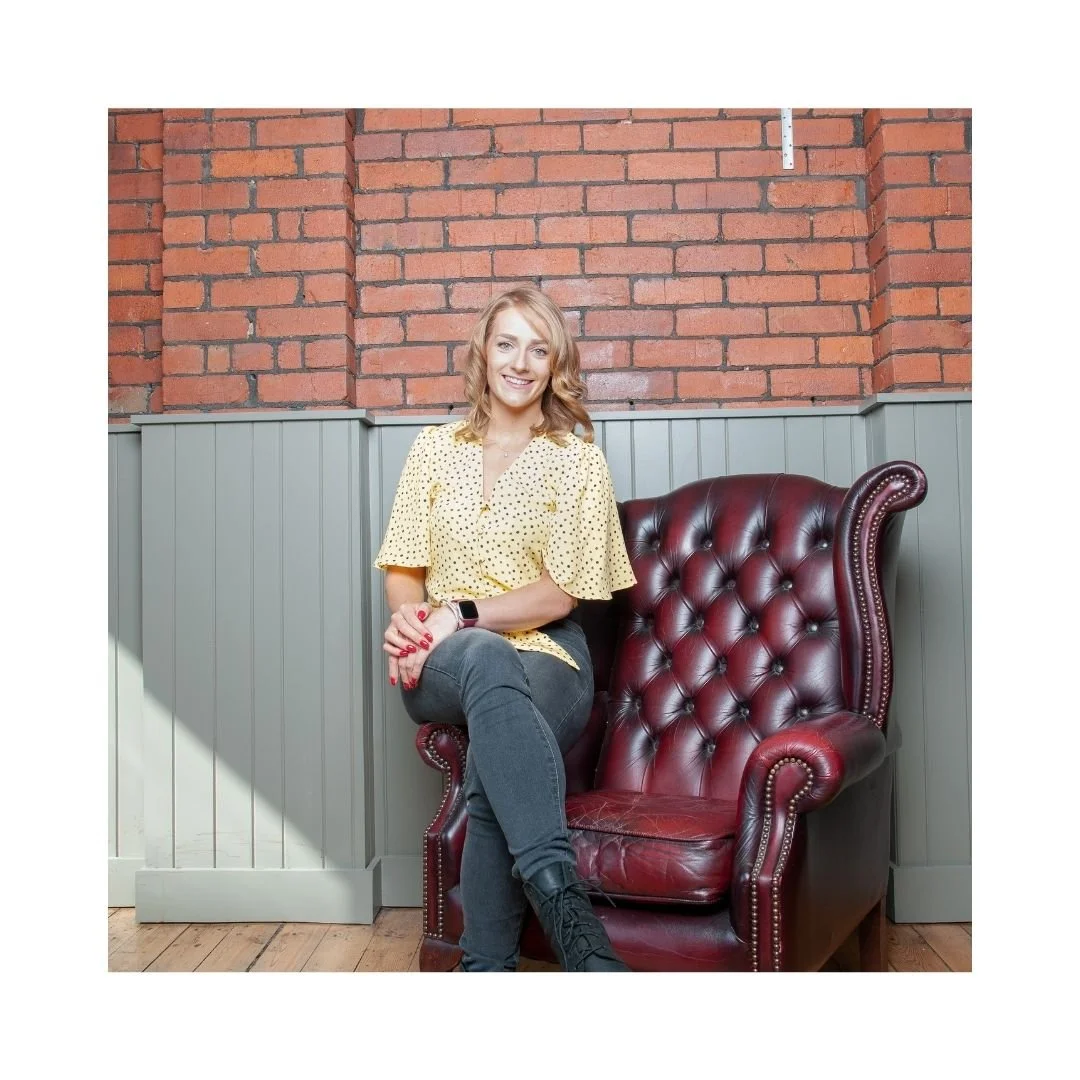But I’m A Creative: Exploring The Boundaries We Set Ourselves with Kathy Brooke
By Holly Howe
Kathy Brooke is a personal development coach and communications coach. She is also trained as an NLP (neuro-linguistic programming) coach. As well as corporate coaching, she helps people with public speaking and presenting, using her previous experience as an actor. As she says “I amalgamate the coaching and the performance to get to where we are today.” She took part in our upskilling series, sharing her tips with AWITA members on how we can break through the barriers of what we can and cannot do.
The Fixed Mindset vs The Growth Mindset
There are many reason for placing barriers on ourselves – titles, previous roles, gender, and more. This can happen because of our mindset. Kathy reminded us that it’s not so simple as growth mindsets are good and fixed mindsets are bad – things are more nuanced.
She explained “A fixed mindset is common in someone who doesn’t like failure…they maybe don’t like challenges because of the risk that that brings….they believe that potential is predetermined”, whereas people with a growth mindset “love a challenge…believe that you can develop and harness your talent…and love feedback because that gets you further.” But fixed mindsets can be useful, such as telling yourself not to walk in front of an oncoming car because you know the dangers.
What can I do?
In order to look at any form of fixed mindset or limiting belief or overcoming an obstacle, look at what you are great at, as once you have identified these things, you can harness them. Kathy set an exercise, asking participants to write down what they’re great at, even though it can make us feel uncomfortable. She recommended thinking of ourselves in the third person to overcome that, and what our friends might say about us if they were asked about our skills. She set out some key questions to kick things off.
What do you enjoy? Think about how you can harness that in your work.
How do you work best? Do you like deadlines? Working alone or in a coworking space? What makes you thrive?
What makes you great at your role? Focus on what you’re great at, as opposed to thinking what you should be good at.
How do you do your role? What is the important aspect of your role? Has your way of working changed as a result of the pandemic?
What is the new way of doing things? You may not have changed anything yet but it’s good to have an awareness of different options.
What opportunities/resources are available to you? These could be coaches, courses, YouTube videos, friends, family, tech-savvy people, accountants, etc. Your network can be wider than you think – maybe your neighbours or friends have information or contacts they can share with you even if they’re in a totally different industry.
When you’ve made this list, “if you have a limiting belief of ‘I can’t do that’, then it’s like having all the ingredients for the recipe but no recipe and you don’t know what the cake is supposed to look like.”
Addressing Limiting Beliefs
A limiting belief is a belief you hold about yourself or a situation. So for example, you may avoid public speaking because you remember a time when you were in a school play and someone laughed, so now you don’t want to expose yourself again. “That is where a limiting belief comes from. It’s from something that has happened, there’s been an outcome, and we’ve amended ourselves or continued to do it.”
Then Dig a bit Deeper
But what was the truth in the situation? Maybe the child who laughed at you was just playing up and it didn’t really have anything to do with you at all. So now think about something you’re struggling with at the moment. This could be ‘I can’t put myself out there on social media’ or ‘I’m rubbish at tech’. You need to break that cycle. Look at “the reality in the situation, make it impersonal, make it factual – because you can’t argue with it then – and what would a great outcome look like? It be might setting up a new business, getting more clients, or networking/talking to new people.”
Create your Plan for Change
What is your goal? Kathy advised “Make that goal nice and clear, otherwise you’re stabbing in the dark and you’ll never know when you’ve hit it.” She also recommended the following:
· Write out all the worst case scenarios. Think of everything and anything.
· How can you prevent every worst case scenario? Be creative.
· If you cannot prevent this, how can you repair this? What’s your back-up plan?
It’s important work out what success looks like for you. Kathy recommended we think deeply about this: “What does it look like, what does it feel like? I want you to sit there and feel the success when you’ve achieved what you wanted to achieve because once you’ve attached an emotion to it then you’re going to run with it…this is where addiction comes from… Let’s get addicted to that success!”


